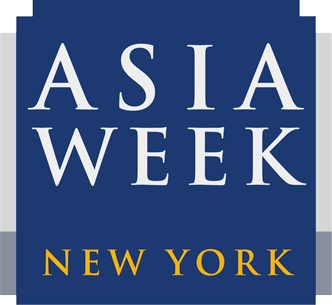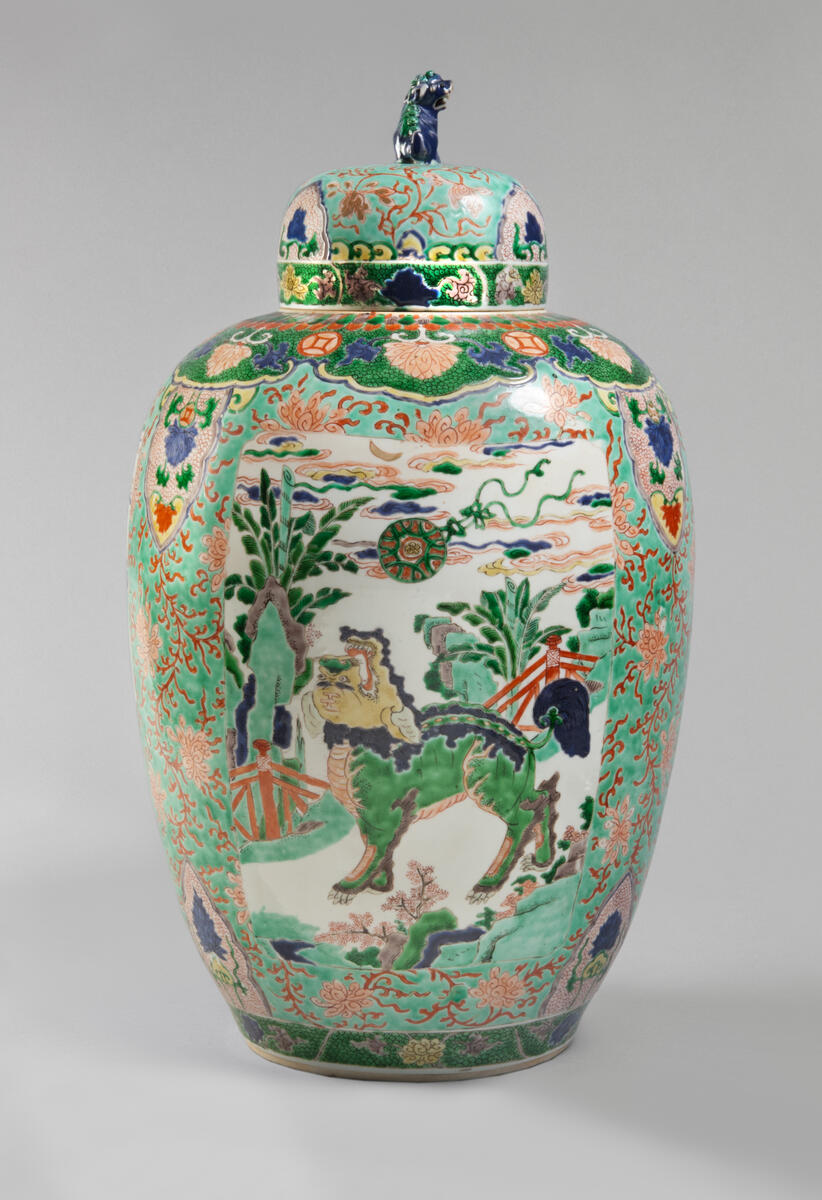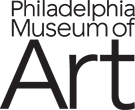NEW EXHIBITION

Krishna Reddy (1925-2018), Two Fishes, 1957, 2024-118-29
Krishna Reddy: The Movement of Life
August 2 – December 8, 2025
Tour: Saturday, August 2 & Friday, August 15, 1:30-2:15pm
Workshop: Saturday, August 2, 2:30-3:30pm
Korman Galleries 221–223
Krishna Reddy was a key member of the influential printmaking studio Atelier 17 in Paris, where he helped develop color viscosity printing, a technique that expanded both the technical and expressive possibilities for rendering the natural world in print.
This exhibition, timed to coincide with the centenary of Reddy’s birth, explores his abstract images of seeds, flowers, insects, water, and the human figure. Dazzling feats of color and texture, Reddy’s color prints vibrate with the cosmic energy that, according to his personal philosophy, pulses through and connects all elements of nature. Celebrating the gift of 63 prints from the collection of Drs. Umesh and Sunanda Gaur to the PMA, Krishna Reddy: The Movement of Life articulates how Reddy’s iterative working process was an extension of his spiritual beliefs. As works of art, his prints were imbued with a life force of their own. By modifying an image over time—either by reworking his plates or printing in different color combinations—a single composition could be given a new life with each printing.
Join Heather Hughes and Christina Taylor for special tours on August 2 & 15! Learn how Reddy’s abstract images of plants, insects, water, and humans showcase his personal philosophy that a life force connects all elements of nature. The tours will also include a discussion of the artist’s experimental printmaking techniques, drawing attention to how he modified an image over time by reworking his plates and by printing in different color combinations. Visitors are encouraged to look closely and observe how a single composition is given a new life with each printing. Learn more sign up here.
Also learn from nature during an outdoor workshop in the Sculpture Garden also on Saturday, August 2! Participants will explore the forms and structures of the natural world by experimenting with drawing and frottage techniques. Learn more sign up here.
To learn more, click here.
EXHIBITIONS ON VIEW

Twin Breezes, 2008, Miyashita Zenji (Japanese, 1939 – 2012), glazed stoneware with colored-clay bands. Purchased with the East Asian Art Revolving Fund and with funds contributed by Maxine de S. Lewis, 2024-9-1. Photography by Richard Goodbody, Courtesy of Joan B Mirviss LTD
Visions of the Land in Japan
Opening Date: June 14, 2025
Galleries 341-343
Representing the land we live in is a common practice shared across the world. In Japan, artists created a large body of landscape art ranging from indigenous yamato style to ones that incorporated Chinese and later Euro-American ideas and techniques.
When Chinese ink painting as a new art form was introduced to Japan around 1300, it ushered a fresh way of rendering landscapes for Japanese artists. Chinese paintings became prized collectables for Buddhist temples and the ruling class, and served as indispensable models for Japanese painters who aspired to master painting with ink and brush. Over the centuries that followed, Japanese artists developed their visions of ink landscapes, either as idealized, imaginary sceneries or as renditions of a true view. The encounters with Euro-American art since 1550s offered yet another inspiration for expanding the horizons.
Drawing from the museum’s collection including some recent gifts, the works featured in these galleries span more than five hundred years from 1500 to the present and vary in mediums from painting to ceramics. They showcase the evolution and expansion of artistic expressions of the land in Japan, and offer glimpses into the shifting cultural and social landscapes as well.
To learn more, click here.
Head to Toe: African and Asian Wearables from the Ira and Myrna Brind Collection
May 9, 2025 – January 19, 2026
Penny and Bob Fox Hall
The media and materials used to make artworks are often encoded with culturally specific notions of value, status, or prestige.
Comprised almost entirely of wearables (including jewelry, headdresses, and textiles) from both Africa and Asia, this exhibition explores how notions of value and status are encoded within artistic media. It examines how trade and other forms of exchange have influenced the meaning of specific materials for the cultures and regions represented and how materials acquired abroad become incorporated into local systems of meaning.
To learn more, click here.
Mythical Creatures: China and the World
Through July 23, 2025
Mythical creatures fascinate and capture the imagination of people across the globe. Whether benevolent or fearsome, they serve an important purpose – to help humans make sense of the world. This exhibition explores the theme of diversity by bringing together mythical creatures from China as well as across Asia and Europe. Representations of paintings, prints, sculptures, ceramics, textiles, and contemporary toy bricks, dating from the 1000s to today illustrate how these fantastical beasts, although sometimes perceived as the same, are quite different. Among the contemporary works are those by artists Xu Bing and Ai Weiwei inspired by ancient myths and legends that continue to shape the way we think about our lives today.
To learn more, click here.
Firing the Imagination: Japanese Influence on French Ceramics, 1860-1910
Through August 17, 2025
This exhibition brings together notable examples of French ceramics that demonstrate tremendous innovation in the field of artistic pottery from the 1860s to 1910s. European artists during this period were deeply influenced by Japanese art, including woodblock prints, ceramics, textiles, and lacquerwares, which poured into Europe following the forced reopening of Japan’s ports to foreign trade in the 1850s. Part of a broader cultural phenomenon that came to be known as “Japonisme,” artists such as Félix Bracquemond, Ernest Chaplet, Théodore Deck, François Laurin, and Albert-Louis Dammouse incorporated subjects, decorations, and forms inspired by Japanese art into their ceramics while also experimenting with new techniques like barbotine (a method of decorating ceramics with colored clay slips) and glazes imitating highly prized examples of East Asian ceramics.
The works on view come from the collection of Larry A. Simms, a retired New Jersey public schoolteacher who amassed one of the most important private collections of “Japonisme” ceramics in the United States, many of which he has now donated to the Philadelphia Museum of Art.
To learn more, click here.
Jar with a Mythical Qilin, Lion, and Elephant, Artist/maker unknown. Jingdezhen, Jiangxi Province, China, Asian. Qing Dynasty (1644-1911). Porcelain with underglaze blue, polychrome enamel, and gilt decoration (Jingdezhen ware). 22 1/8 x 12 3/8 inches (56.2 x 31.4 cm)
Mythical, Divine, Demonic: Animal Imagery in South Asian Art
Animals appear everywhere in the art of South Asia. One encounters them as gods with animal heads, powerful creatures that act as the mounts and companions of the gods, and fearsome beasts that spread destruction and chaos. While many animals are revered because they are seen as protective and as signs of good fortune, others inspire fear or require appeasement.
Our exhibition, Mythical, Divine, Demonic: Animal Imagery in South Asian Art, explores how single animals are interpreted in myriad ways across various regions and cultures. Different representations show how animals serve an array of artistic and symbolic functions. For example, depictions of serpents in connection to the great god Vishnu might be seen as helpful or demonic depending on the context.
Works in the exhibition are clustered into four groups that broadly focus on the lion, the serpent, the man-eagle, and composite beings who are a mixture of animals or part human and part animal. Through examining these objects, audiences will gain a deeper understanding of how animals play a complex role in world cultures.
To learn more, click here.
Chinese Galleries
Rediscover four thousand years of the art of China in our Chinese galleries. Go deeper into the stories behind the objects, grouped thematically in four eye-opening sections: Belief in the Afterlife, Nature and Self-Cultivation, Exchanges with the West, and Order in the Imperial Court.
The new installation features recently conserved works, improved lighting, and a wide variety of objects, including a stunning collection of costumes and textiles, photographs, and contemporary art on view together for the first time.
In gallery 335, a series of plates by contemporary Chinese artist and activist Ai Weiwei comments on the forced migration of millions of people during the recent global refugee crisis. The artist can relate to feelings of displacement—the artist and his family were exiled to western China during the Cultural Revolution of 1966–76.
To learn more, click here.
Collection Highlight: Temple Hall
The more than sixty carved granite elements that comprise this monumental space were collected by Philadelphian Adeline Pepper Gibson during a visit in 1912 to Madurai, a city in the south of India known for its spectacular Hindu temples. Debuting to the public in the museum’s original home at Memorial Hall in 1920, the mandapam opened at its current location in 1940. Although a reconstruction, it incorporates many original architectural elements and provides visitors with a unique opportunity to experience the extraordinary synthesis of sculpture, architecture, and symbol that characterizes South India’s elaborate temple form.
To learn more, click here.
Arts of the Islamic World
Islam began over 1,400 years ago in the Arabian Peninsula and soon spread across Asia, Africa, and Europe. Today Muslims live on every continent and make up a quarter of the world’s population. The term “Islamic Art” refers to a variety of artwork made by and for Muslims over the centuries. Here are some exquisite examples drawn from the museum’s collection.
To learn more, click here.
Collection Highlight: Ceremonial Teahouse
The name of this teahouse, Sunkaraku (Evanescent Joys), reflects the spirit of the traditional Japanese tea ceremony as a temporary refuge from the complexities of daily life. The architecture reveals a special delight in natural materials, such as bamboo and cedar. Using elements from an eighteenth-century teahouse, Ōgi Rodō designed this retreat around 1917 for the grounds of his Tokyo home. Acquired by the museum from the architect in 1928, this is the only example of his work outside Japan.
To learn more, click here.


